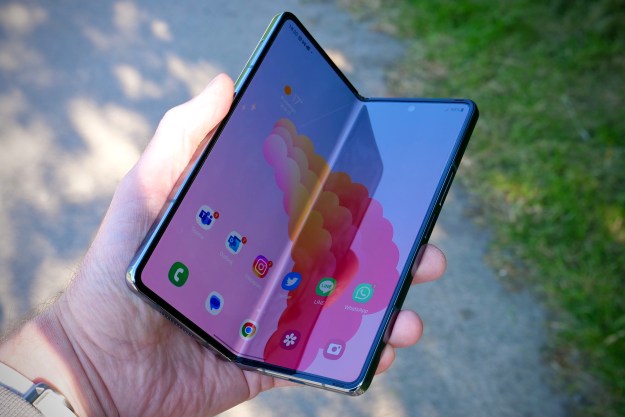
Surprisingly, it may have more in common with the Nintendo Wii than Sony’s own PlayStation. Sony’s calling it a gesture-gaming phone, meaning that, like with the Wii, players will control games with swipes and tilts, rather than a directional pad – though there will be A/B buttons as well. The phone’s desktop will also feature a gaming carousel for immediate access to games without clicking through a series of other menus, and compatibility with the upcoming PlayNow Arena service for downloading new games and other content directly to the handset.
Short of its gaming capabilities, the Yari more or less resembles ordinary Sony Ericsson fare: It has a 2.4-inch screen, slide-out numberpad, Bluetooth, and included 1GB SD card – with a few notable extras like FM radio with RDS, a 5.0-megapixel camera, and the rather bizarre “music call,” which lets you add a music track to the background of any phone call as you talk.
Right now, Sony Ericsson has the Yari lined up for a release early in the fourth quarter, but at the moment it’s slated for a Euro-only release. Support for GSM frequencies will make it a potential import for T-Mobile and AT&T users, though. More information can be found at Sony Ericsson.

Editors' Recommendations
- I can’t wait for Nothing to launch this stunning phone
- How to schedule a text message on your iPhone
- 3 foldable phone deals you should seriously consider today
- The first HMD Android phones are here, and they’re super cheap
- Best refurbished iPhone deals: Get an iPhone 14 for $513


